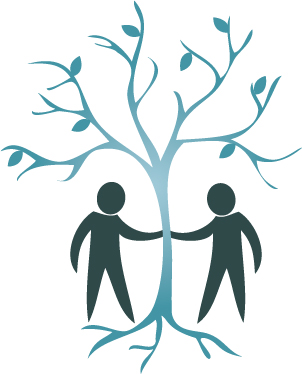
Tik is an odourless, crystal-like substance. It is a stimulant that speeds-up the functioning of the vital organs e.g. heart. It is highly addictive and harms the functioning of the Central Nervous System.
Street names: Speed, Ice, Choef & Straws
How is it used?
It is commonly smoked in a light bulb or a glass pipe called a “lolly”. The crystals are heated in the bulb/pipe and inhaled. It can also be swallowed, injected or sniffed for an immediate, intense high. The pattern of abuse is “crash and binge” (use a lot; go into withdrawal then use more to stop the withdrawal symptoms).
Symptoms of Tik use:
- Dilated pupils
- Accelerated speech
- Agitation /Aggression
- Weight loss
- Loss of appetite
- Insomnia – problems sleeping
- Unusual energy
What are the effects of Tik ?
- Increased confidence
- Increased energy
- Increased sex drive
- Decreased appetite
- Loss of concentration
- Memory loss
What are the long-term effects?
- Risk of addiction
- Sexual dysfunction
- Chronic use results in psychosis, violence, confusion and risk of suicide
Psychosis
It is characterised by hallucinations (e.g. seeing and hearing things that are not true/real), extreme paranoia, delusions as well as violent outbursts due to panic and fear.
What to do if someone is psychotic?
The individual needs medical treatment immediately – go to emergency rooms at general hospitals or psychiatric hospitals
How addictive is Tik?
Addiction to cocaine is primarily psychological. The high is so pleasurable that some users describe becoming addicted after their first ‘hit’. Addicts have described falling in love with the drug. An irresistible compulsion to repeat the sensation is created and the user starts craving more and more. The chronic user will do anything to obtain that high. They will sell everything they have, lie to and manipulate loved ones, even turn to criminal behaviour and drug dealing to finance their expensive habit. Nothing else matters – cocaine rules their lives.
What happens when you STOP using?
- Nausea
- Depression
- Aggression
- Fatigue
- Anxiety
- Cravings for the drug
- Stomach cramps
- Back pain
- Drowsiness
- Increased appetite
